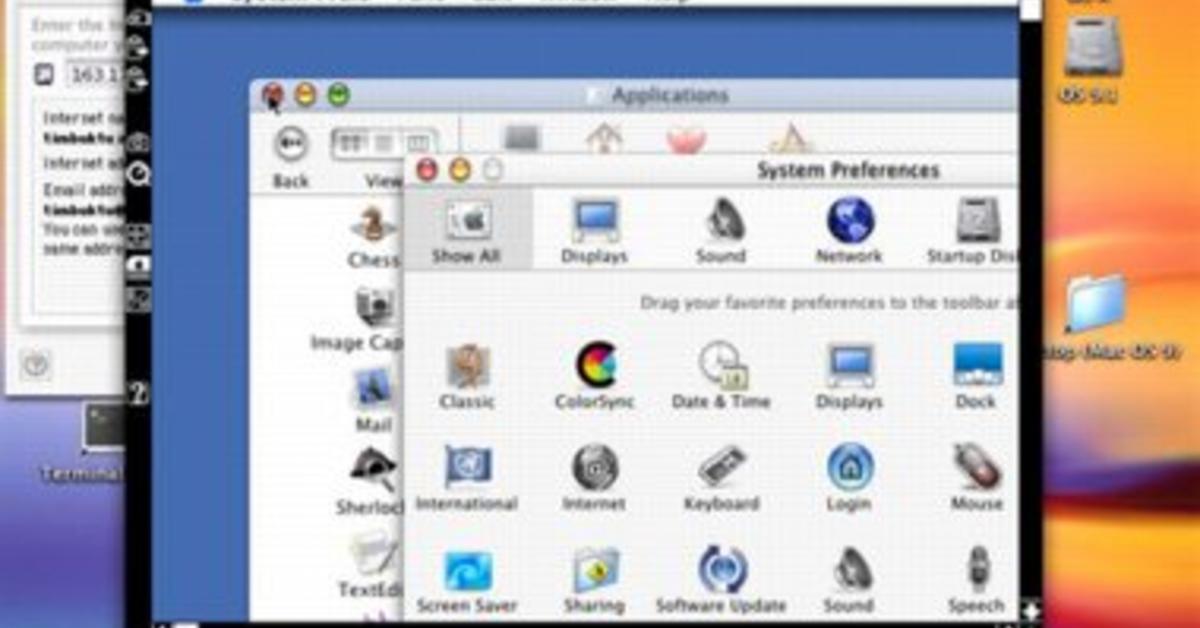
Subsequently followed that link and indexed the sensitive information. Information was linked in a web document that was crawled by a search engine that This information was never meant to be made public but due to any number of factors this Is a categorized index of Internet search engine queries designed to uncover interesting,Īnd usually sensitive, information made publicly available on the Internet. Proof-of-concepts rather than advisories, making it a valuable resource for those who need The Exploit Database is a repository for exploits and

Lists, as well as other public sources, and present them in a freely-available andĮasy-to-navigate database. The most comprehensive collection of exploits gathered through direct submissions, mailing
NETOPIA TIMBUKTU PRO ARCHIVE
Non-profit project that is provided as a public service by Offensive Security.Ĭompliant archive of public exploits and corresponding vulnerable software,ĭeveloped for use by penetration testers and vulnerability researchers. That provides various Information Security Certifications as well as high end penetration testing services. The Exploit Database is maintained by Offensive Security, an information security training company timb.tmp | grep "Connected" >/dev/null 2>&1Įcho " Is not listening on port 407 = doesn't exist." Killall -9 telnet 1>/dev/null 2>/dev/nullĬat. # - Kill Timbuktu process (using pslist/pskill for example).Įcho " - Connect and disconnect to port TCP/407 and port TCP/1417 willĮcho " - Connect on port TCP/1417 (using a simple telnet client)."Įcho " - Disconnect from TCP/1417 (with no data exchange)."Įcho "Coded: eth0 from buffer0vefl0w security (b0f)"Įcho "Checking if host is actually listening on port 407" # - Disconnect from TCP/1417 (with no data exchange).

# - Connect on port TCP/1417 (using a simple telnet client). # - Connect and disconnect to port TCP/407 and port TCP/1417 will start
NETOPIA TIMBUKTU PRO PRO
# Timbuktu Pro 2.0b650 (Also incorrectly known as Timbukto) # eth0 is a member of b0f/buffer0verfl0w security # To return to normal functionality, the Timbuktu process will need to be killed and the Timbuktu service is required to be stopped and restarted. Simple connections and disconnections to Timbuktu ports can hang the authentication process and halt all Timbuktu services.


 0 kommentar(er)
0 kommentar(er)
